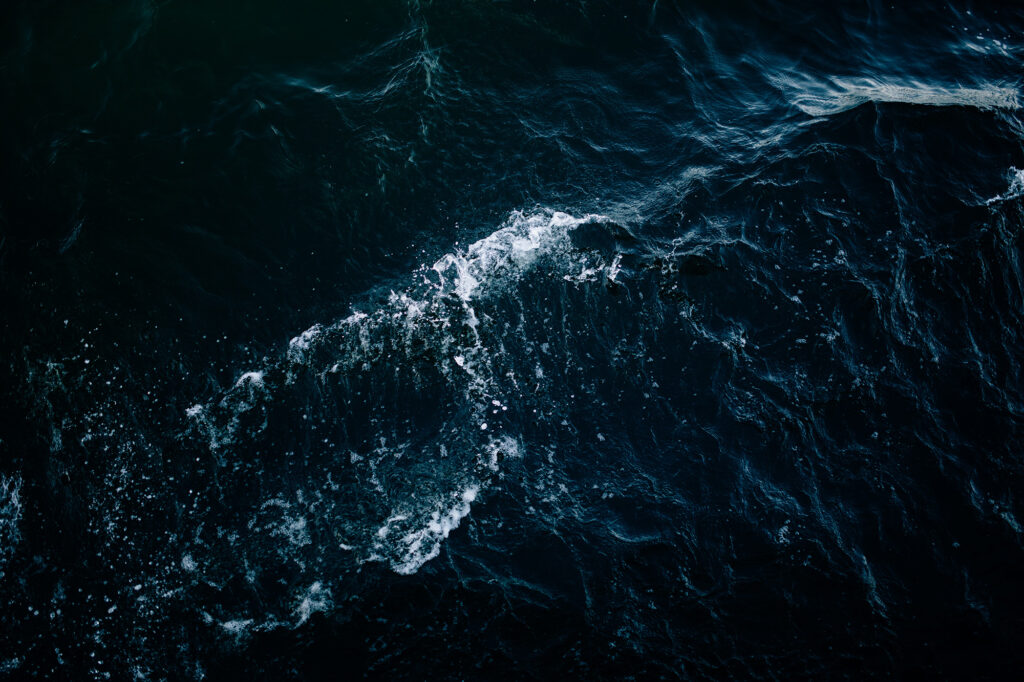The signing of an international treaty to protect the high seas was announced on March 4 by Rena Lee, president of the intergovernmental conference held at the United Nations (UN) headquarters. The high seas account for over 60% of the world’s oceans and nearly half of the planet’s surface area. It has long been ignored in the environmental battle.
It begins where states’ exclusive economic zones (EEZs) end, at a maximum of 200 nautical miles (370 kilometers) from the coast, and is therefore not under the jurisdiction of any state. It took 15 years of discussions and 4 years of negotiations to finalize the text, which will be formally adopted at a later date. It has to be screened by the legal services and translated so as to be available in the six official UN languages. “This is a historic day for conservation, and a sign that in a divided world, the protection of nature and people can triumph over geopolitics” said Greenpeace’s Laura Meller. For UN Secretary-General Antonio Guterres, this is a “victory for multilateralism and for global efforts to counter the destructive trends that threaten the health of the oceans, now and for generations to come”.
An alarming observation.

An alarming observation.
Only around 1% of the high seas are covered by conservation measures, and this emblematic tool is considered essential if we are to protect 30% of the planet’s land and oceans by 2030. This is the commitment made by all the world’s governments in December 2022. The importance of protecting the oceans and their often microscopic biodiversity has been demonstrated. Biodiversity supplies half of all oxygen and limits global warming by absorbing a significant proportion of the CO2 emitted by human activities. Victims of these emissions (global warming, water acidification…), of pollution of all kinds and of over-fishing, the oceans are under attack. What will the new treaty change? Once it has been formally adopted, signed and ratified by a sufficient number of countries, it will enable the creation of marine protected areas in these international waters.
